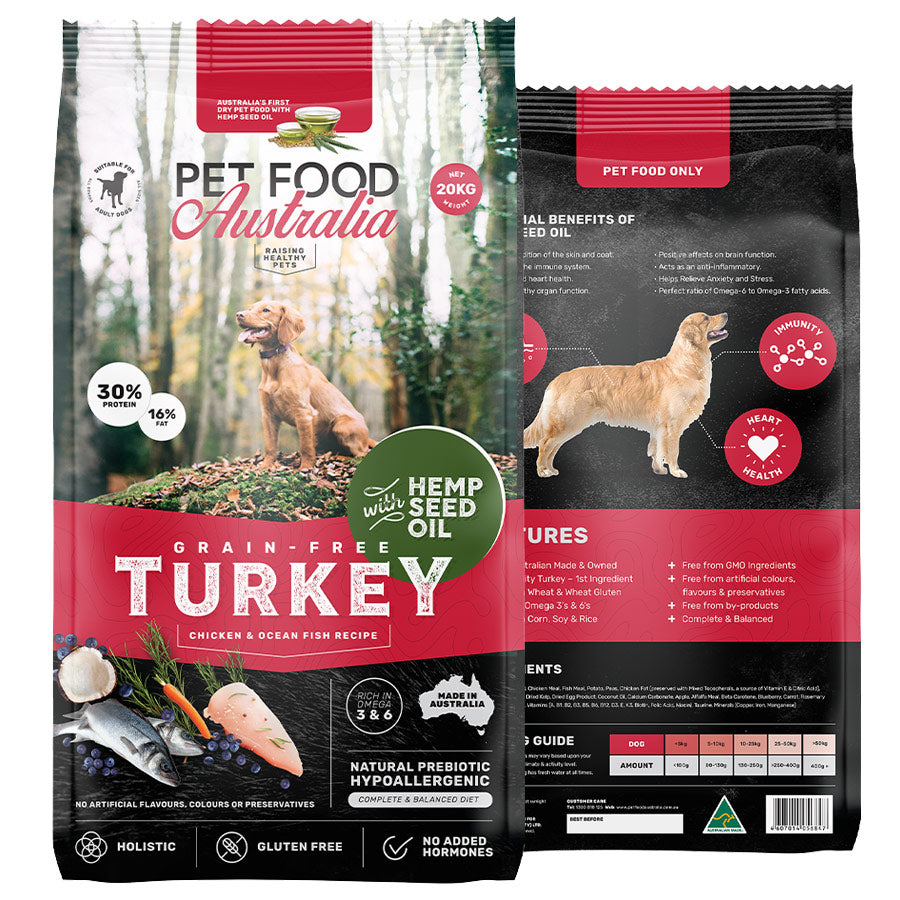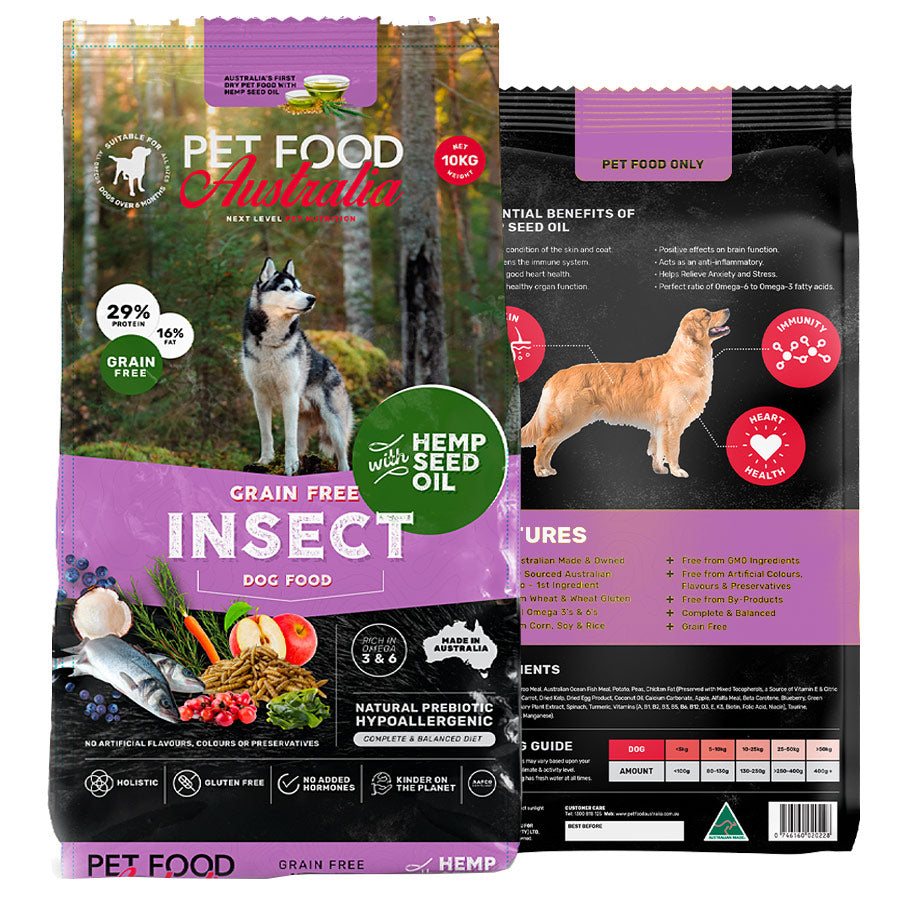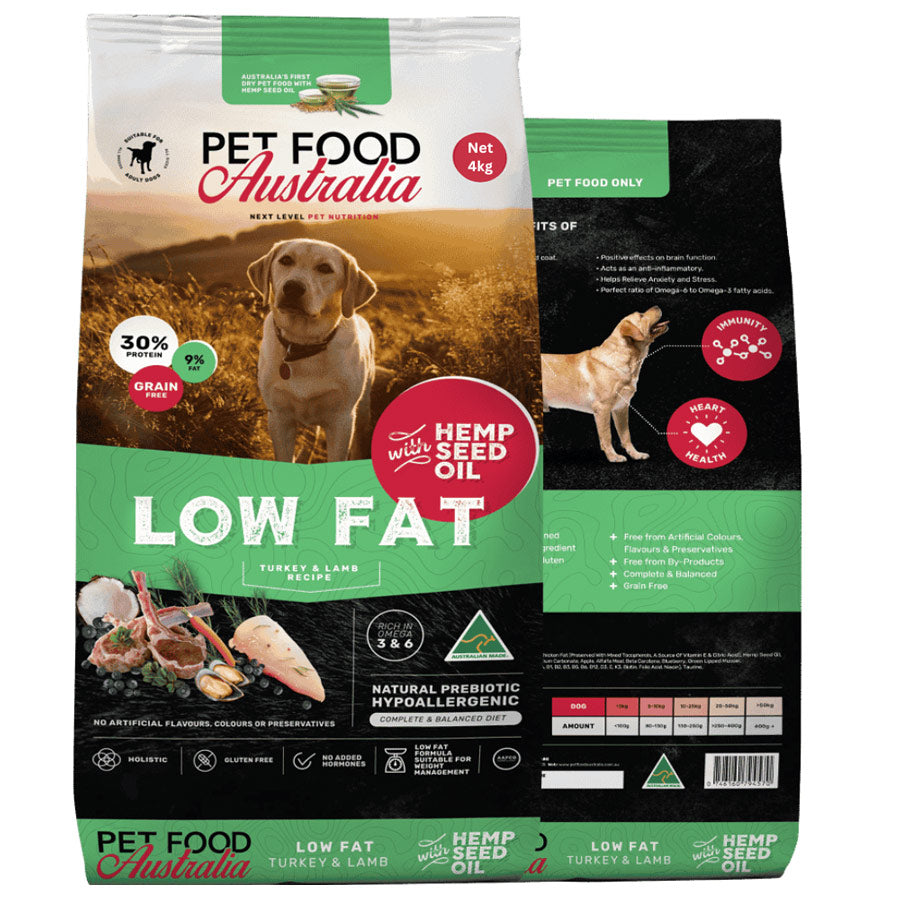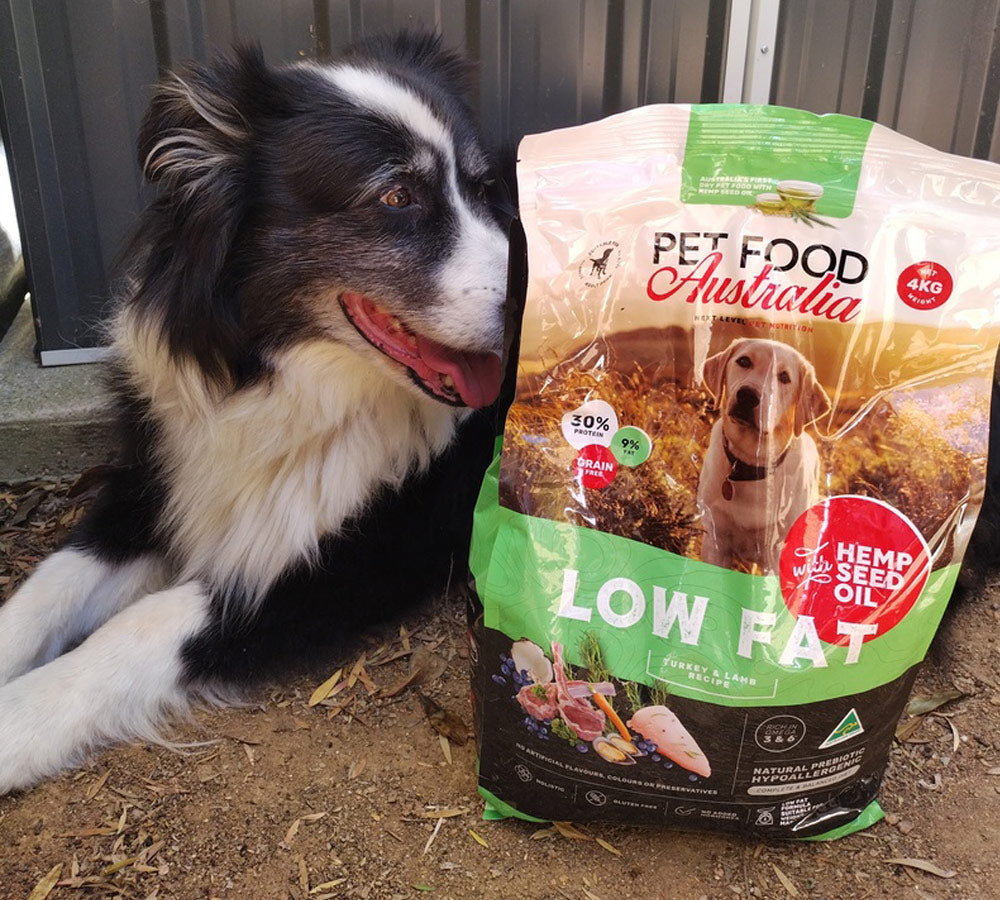Do Dogs Get Spring Fever?

As the days grow longer and temperatures rise, many feel an extra spring in their steps. But what about our four-legged friends? Do dogs get "spring fever" too? While they may not experience the same type of "fever" that humans do, the change in season certainly affects dogs in noticeable ways. Spring can bring out different behaviours in our canine companions, from increased energy levels to a desire for more outdoor time.
In this blog, we'll explore what "spring fever" means for dogs, how the change in season affects them, and how you can ensure your dog enjoys the spring season as much as we do.
What is Spring Fever in Dogs?

While "spring fever" isn't a medical condition, it refers to the behavioural changes that dogs may exhibit when transitioning from the cold winter months to warmer spring days. Dogs tend to become more energetic and eager to explore as the weather improves, which is a natural response to the environment around them.
Signs Your Dog Has Spring Fever

Here are some common signs that your dog might be feeling the effects of spring:
Increased Energy:
After a long winter of less activity, many dogs become more active as the weather warms up. You might notice your dog is more playful, eager for longer walks, or more enthusiastic about outdoor adventures.
Restlessness Indoors:
When spring arrives, your dog may become restless inside the house, pacing by the door or pawing at the windows, indicating that it wants to spend more time outside.
Heightened Curiosity:
Spring brings new smells and sounds, such as blooming flowers, fresh grass, and chirping birds. This sensory overload can make dogs more curious, and you may notice them sniffing around more during walks or exploring their surroundings with increased interest.
Changes in Appetite:
Some dogs may experience a change in their eating habits, either showing a bigger appetite due to more physical activity or being less interested in food when they're excited to be outside.
Allergy Symptoms:
Just like humans, dogs can be affected by seasonal allergies, which often worsen in spring. Sneezing, watery eyes, or itching could indicate that your dog is experiencing spring allergies rather than just "spring fever."
Why Dogs Get Spring Fever

The shift in seasons plays a significant role in a dog's behaviour. Here are a few reasons why your dog may exhibit "spring fever" symptoms:
More Daylight:
As the days get longer, your dog has more daylight hours to enjoy outdoor activities. This increased exposure to sunlight can boost their mood and energy levels.
Warmer Weather:
Cold winter months often mean less time spent outside, but when temperatures rise, dogs naturally want to take advantage of the warmer weather to stretch their legs and play.
Mating Season:
Spring is a time when many animals are more active due to mating season. Even if your dog is spayed or neutered, they may still be influenced by the increased activity of other animals in the environment.
Nature's Stimulation:
Spring awakens nature, and dogs are highly responsive to the new scents, sights, and sounds accompanying the season. Plenty can keep your dog's senses busy, from freshly bloomed flowers to wildlife.
How to Manage Spring Fever in Dogs

While your dog's excitement about spring can be fun to watch, managing their energy and ensuring they stay healthy and safe is important. Here's how you can help your dog make the most of spring without overdoing it:
Provide Regular Exercise:
With your dog's energy levels on the rise, be sure to offer plenty of opportunities for physical activity. This could mean taking them for longer walks, playing fetch, or engaging in outdoor activities like hiking. Exercise helps burn off excess energy and keeps your dog's mind stimulated.
Create a Safe Outdoor Environment:
If your dog spends time in the backyard, ensure it's safe and secure. Spring is a prime time for digging and exploring, so check for any holes in fences or gates that your dog might escape through. Also, be mindful of plants that could be toxic to dogs and keep them out of reach.
Stay Alert for Allergies:
Spring increases the risk of allergies for many dogs, especially with pollen and other environmental allergens in the air. Keep an eye out for symptoms like itching, red eyes, or sneezing. If you suspect your dog has spring allergies, consult your vet for advice and treatment options.
Ease Back into Activity:
If your dog has been less active during winter, ease them back into a more energetic routine. Gradually increase the length and intensity of walks and play sessions to prevent injuries, especially if your dog is older or prone to joint issues.
Maintain a Balanced Diet:
With more activity comes the need for a balanced, nutritious diet. Ensure your dog gets the right nutrients to support their increased energy levels. Pet Food Australia offers a range of high-quality dog food options designed to support your dog's health during active seasons.
Monitor Their Weight:
Dogs that were less active in the winter may have gained some extra weight. Spring is an excellent time to ensure your dog is at a healthy weight by adjusting its diet if necessary and providing more opportunities for exercise.
Keep Spring Fever Fun but Safe

While spring fever can be a lot of fun for both you and your dog, it's important to stay vigilant about potential hazards. Fleas and ticks become more prevalent as the weather warms up, so ensure your dog is up-to-date on flea and tick prevention. Also, be mindful of the temperature—while spring days are generally mild, sudden heat waves can still happen, so keep an eye out for signs of overheating during outdoor activities.
So, do dogs get spring fever? .
Absolutely!
While not a clinical condition, spring fever describes the natural behavioural shifts many dogs experience as they welcome the warmer weather. Increased energy, curiosity, and a desire for outdoor adventure are all signs that your dog is embracing the season. By providing the right balance of exercise, diet, and care, you can help your dog enjoy the best spring offers.
Make the most of the season with your furry friend, and don't forget to check out Pet Food Australia's selection of premium dog food to keep your dog healthy, happy, and full of energy during the spring months!













